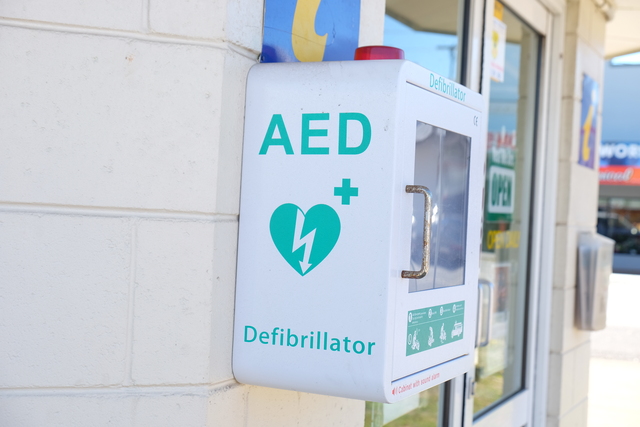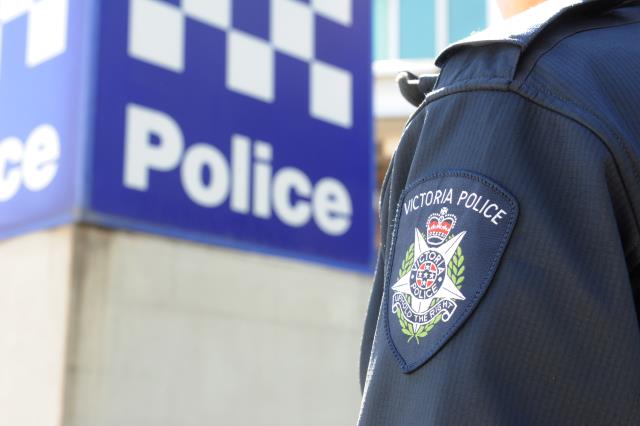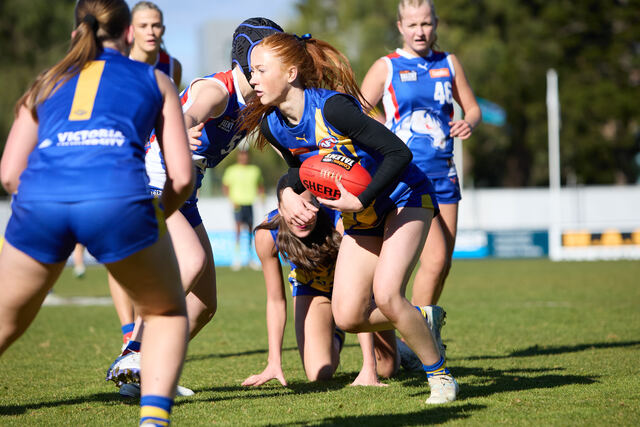Automated external defibrillators (AEDs) are now available at every staffed station across Melbourne’s train network.
The state government said there are now an extra 71 devices across the Metro Trains network, taking the total to 112 AEDs.
The AED rollout on the Metro Trains network follows the successful rollout of the life-saving devices at 47 staff V/Line stations and on V/Line trains.
Ambulance Services Minister Mary-Anne Thomas thanked Victorian paramedics and bystanders who have learned CPR.
“We have the best cardiac arrest survival rate in Australia thanks to [more than] 6700 AEDs in public places,” she said.
“But also our paramedics and brave bystanders who have learned CPR and are willing to step in to help during an emergency.”
AEDs can save lives in the case of sudden cardiac emergencies, with Ambulance Victoria data showing that CPR combined with a defibrillator can increase a person’s chance of survival by up to 70 per cent.
The latest Victorian Ambulance Cardiac Arrest Registry (VACAR) annual report revealed paramedics responded to a record 7830 out-of-hospital cardiac arrests in 2022-23, up 6.4 per cent from the previous year.
The report also outlined a record 139 cases where a member of the public used an AED to assist someone in cardiac arrest.
In these instances, 53 per cent survived – this compares to just 26 per cent of people who survived without immediate bystander intervention prior to Ambulance Victoria paramedics arriving on the scene.
Metro Trains have medics at key locations on the network to provide vital assistance in the event of medical issues and staff have received additional first aid training to ensure they are fully up to date with AED usage.
In 2023, there were 617 incidents of passengers requiring assistance from Metro staff, making a fast response important not only for unwell passengers but also to help minimise any disruption to services.







